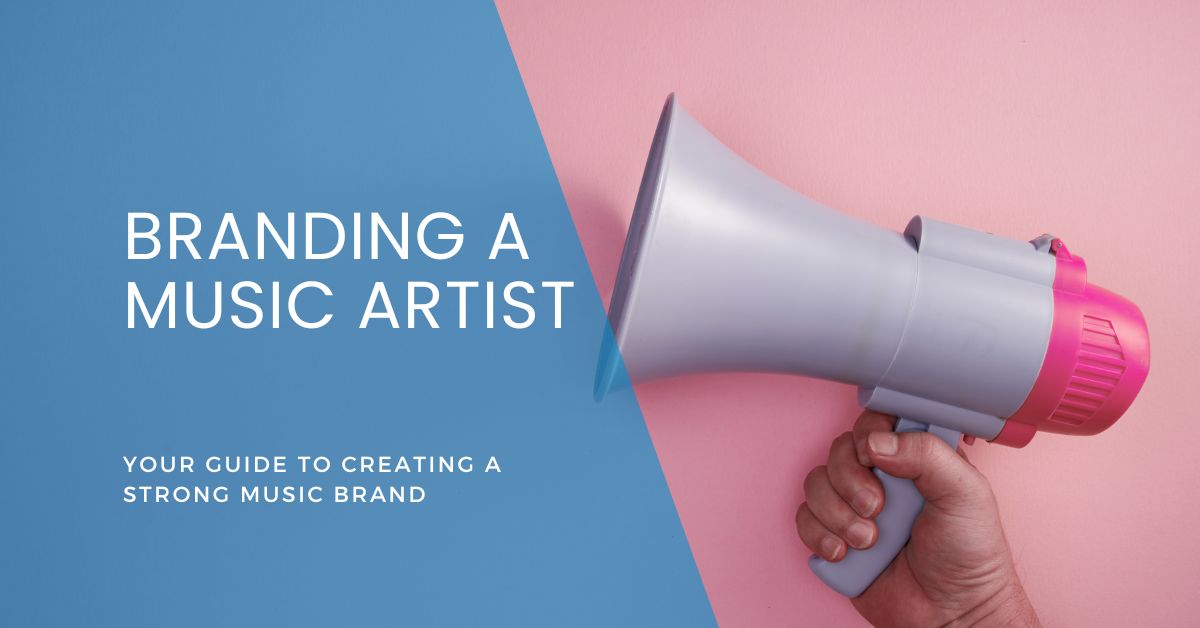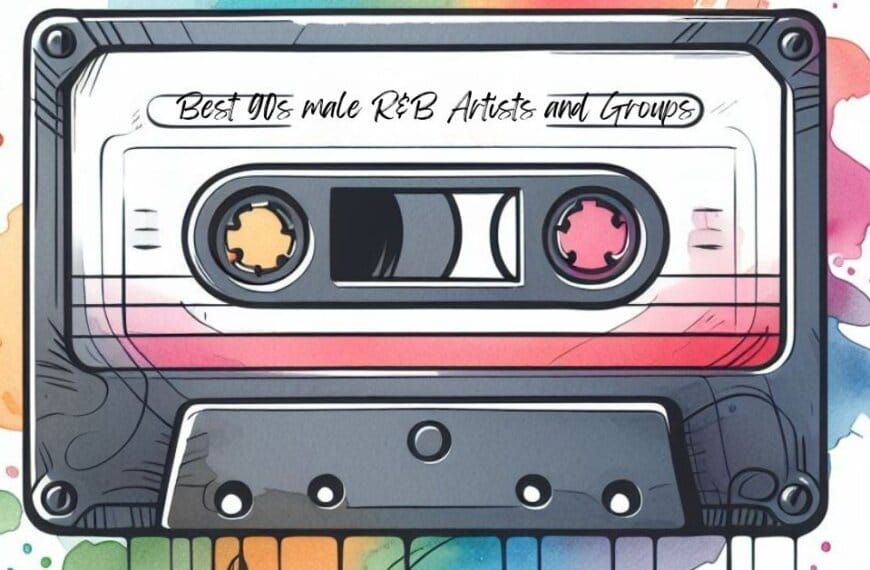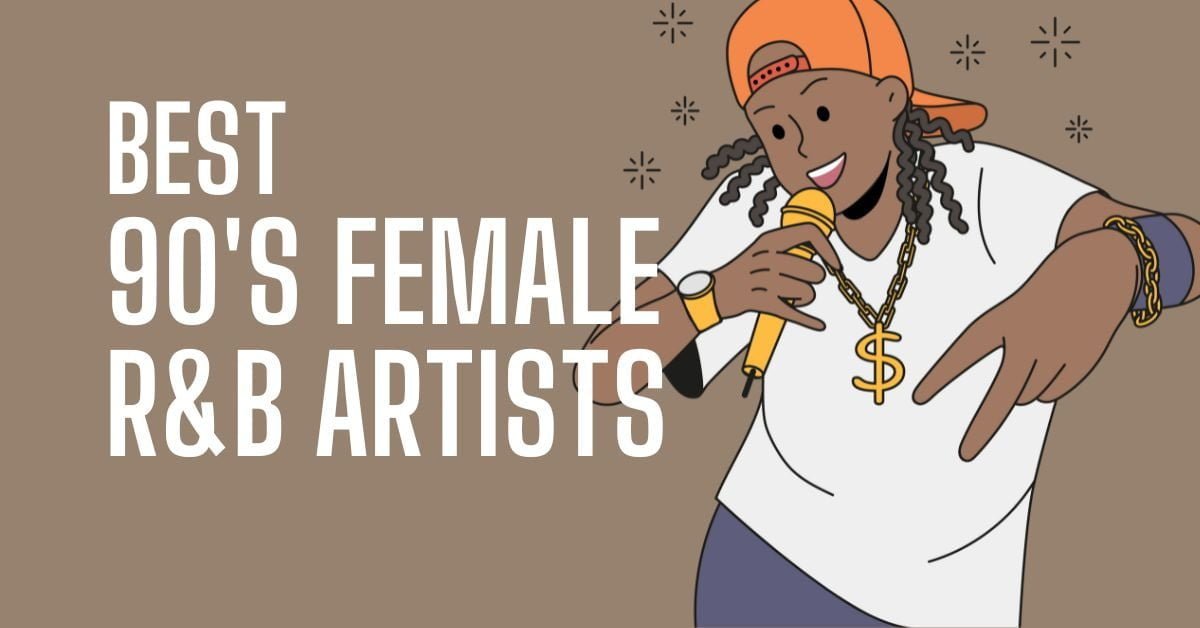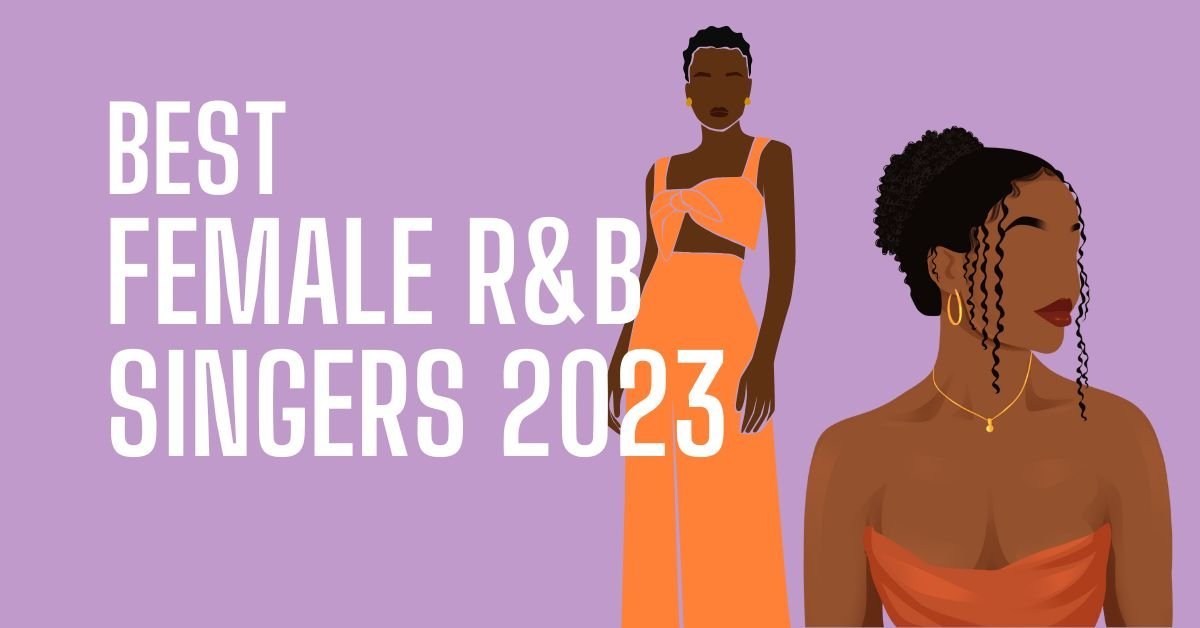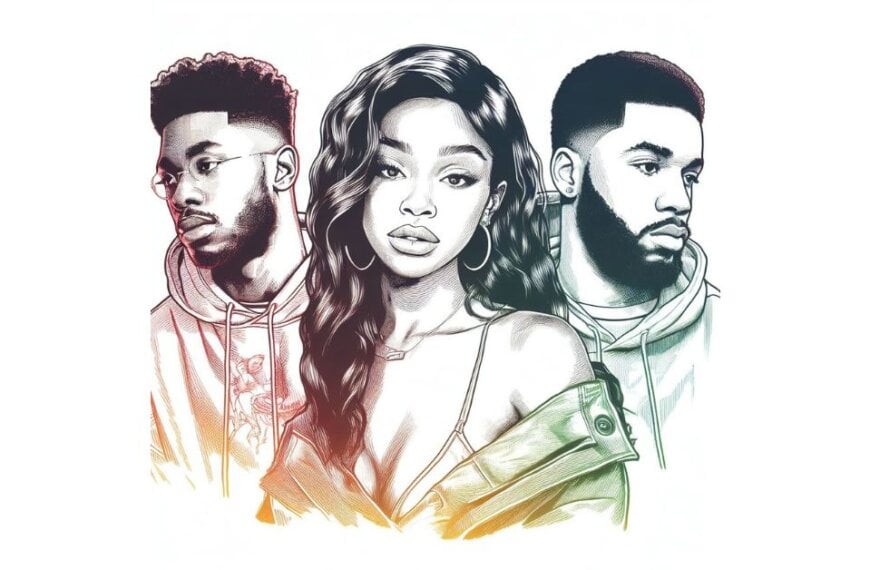- Key Takeaways – Branding a Music Artist
- What is Music Branding?
- Creating a Brand Identity to Differentiate Yourself From the rest
- Brand Values: Shaping Your Persona
- Unique Persona Voice: Your Sonic Signature
- Crafting Your Personal Brand
- Online Music Branding Strategies
- Developing a Solid Brand Strategy
- Tips for Building Your Music Brand
- A Great Example: Beyoncé
- Conclusion – Branding a Music Artist
Hey there, music enthusiast! Are you ready to dive into the exciting world of branding a music artist? Well, you’re in for a treat because we’re about to unravel the secrets of building a strong music brand that resonates with your audience.
In this guide, we’ll walk you through the ins and outs of branding in the music industry, from crafting your unique identity to promoting your music online. Let’s get started!
Key Takeaways – Branding a Music Artist
- Music branding is about creating a unique persona as an artist.
- Your identity includes your logo, values, voice, and visual elements.
- A memorable logo is crucial for instant recognition. Your personal style is shaped by your music, charisma, and personality.
- Online presence and strategic image are essential for success.
- Setting yourself apart in the music scene is key.
- Music itself plays a vital role in crafting your image. Real-life examples can inspire your own music journey.

What is Music Branding?
Music branding is the art of creating a unique identity for yourself as an artist or a musician. It’s about more than just making great music; it’s about defining your brand image, values, and how you want to be perceived by your audience. Just like a logo represents a company, your brand represents you as an artist. It’s the emotional connection you build with your fans that goes beyond the beats and lyrics.
Creating a Brand Identity to Differentiate Yourself From the rest
Logo: Your Musical Signature
Imagine your logo as the visual symphony of your brand. Just like a musical signature tune, it should be striking and unforgettable. When people see your logo, it should instantly trigger the emotions and memories associated with your music. Consider iconic logos like the Nike swoosh or the Apple apple – they’re simple yet deeply resonant.
When designing your logo, think about how it represents your style and resonates with your target audience. A logo featuring elements from your music, like musical notes or instruments, can instantly convey your identity as an artist. Don’t underestimate the power of a well-designed logo; it’s often the first thing people notice.
| Logo Tips |
|---|
| – Keep it simple and memorable. |
| – Ensure it’s scalable for various platforms. |
| – Use colors that match your artist personality. |
Brand Values: Shaping Your Persona
Your values are the moral compass of your music identity. They define what you stand for as an artist and shape your persona’s personality. Consider what principles drive your music and the message you want to convey through your songs. Are you an advocate for social change, a champion of love and positivity, or perhaps a storyteller of life’s complexities?
Your values will not only guide your music but also influence your interactions with your audience. If you value authenticity, your persona should reflect this in all aspects, from your lyrics to your social media posts. When your audience aligns with your values, it forms a deep and lasting connection.
Unique Persona Voice: Your Sonic Signature
Just as your voice is unique in the music world, your persona’s voice should be distinctive in the realm of branding. How you communicate with your audience sets the tone for your persona. Are you playful and irreverent, or do you lean towards thoughtful and introspective? Your voice should mirror your personality and resonate with your fans.
Consider this as the lyrical aspect of your persona. Think about the words you use in your promotions, the tone of your messages, and even the language you choose. Every interaction with your audience should reinforce your unique voice, making you instantly recognizable.
Visual Identity: More Than Meets the Eye
Your visual identity is where artistry truly shines. It encompasses everything from fonts and colors to graphic elements that align seamlessly with your music and message. Visual identity is the album cover that catches someone’s eye, the website design that draws them in, and the merchandise that they proudly wear.
And speaking of merchandise, it’s an extension of your brand identity. T-shirts, posters, and other branded items can become symbols of your music for your fans. Collaborating with a skilled graphic designer is essential to ensure that your visuals are cohesive and resonates with your audience.

Incorporating Merch and Graphic Designer
Merchandise, or merch, is not just about extra income; it’s a way for your fans to carry a piece of your brand with them. Your merchandise should seamlessly blend with your identity, from the design on a t-shirt to the graphics on a poster. Collaborating with a talented graphic designer is key to creating merch that captures the essence of your music brand.
A graphic designer can help bring your visual identity to life, turning your ideas into stunning visuals. They can ensure that your logo, colors, and design elements are consistently applied across all your branding materials, making your brand instantly recognizable.
Creating a consistent identity helps your audience recognize you instantly, whether it’s on your website, social media, or album cover.
Crafting Your Personal Brand
As an artist, you are your brand. Your music, your style, and your personality all contribute to your personal brand. Take a moment to think about what makes you unique as an artist. What kind of music do you create? What are your core values? These elements will shape your personal brand.
Online Music Branding Strategies
Artist Website: Your Online Headquarters
Your artist website serves as the central hub for your brand. It’s the backstage pass to your music journey, providing a treasure trove of information for fans and industry professionals alike. Here’s why it’s essential:
- A Hub of Information: Your website is the go-to source for all things related to you as an artist. From your bio and discography to upcoming events and merchandise, it should be a comprehensive resource.
- Showcase Your Brand: Your website acts as a canvas for showcasing your brand. Every element, from the color scheme to the layout, should reflect your brand’s image and values. It’s where your visual and emotional identity takes center stage.
- Direct Connection: It’s the one place where you have complete control. Use it to connect directly with your audience through blog posts, videos, or even a chat feature. Let them into your world and build a loyal fanbase.
Social Media Profiles: Your Stage to Shine
Social media platforms provide a megaphone for amplifying your brand to a global audience. Here’s how to harness their power:
- Interaction Galore: Social media is the perfect stage for interacting with your fans. Share your journey, behind-the-scenes glimpses, and personal stories. Engagement is the key to building a loyal following.
- Consistent Branding: Ensure that your social media profiles seamlessly align with your identity. Use the same logo, colors, and visual elements that you’ve established on your website. Consistency is key in reinforcing your brand.
- Content Variety: Diversify your content to keep your audience engaged. Share music snippets, live performances, interviews, and even interactive Q&A sessions. Each piece of content should resonate with your message.
Marketing Materials: The Visual Symphony
Your music branding extends beyond your sound; it’s also visual. This is where your marketing materials come into play:
- Album Covers: Your album covers are like the cover art of your brand’s book. They should not only reflect the essence of your music but also align with your visuals Think of them as your brand’s visual ambassadors.
- Promotional Materials: Flyers, posters, and promotional graphics are opportunities to reinforce your brand. Make sure they incorporate your logo, color scheme, and design elements. When fans see these materials, they should instantly recognize your brand.
- Social Media Posts: Your social media posts are mini showcases of your brand. Use them to tell stories, share your music, and connect with your audience. Consistent branding in these posts reinforces your image.
Email Marketing: The Personal Touch
Email marketing is like a personal letter to your fans. It allows you to connect with them directly and keep them updated:
- Newsletters: Regular newsletters can include exciting updates, exclusive content, and behind-the-scenes insights. Email marketing is a more intimate way to engage with your audience and keep them invested in your journey.
- Segmentation: Tailor your email content to different segments of your audience. This personalization shows that you understand their preferences and strengthens your bond.

Developing a Solid Brand Strategy
A successful music brand needs a well-defined strategy. Consider the following:
- Core Values: What do you believe in as an artist?
- Brand Awareness: How do you want your audience to perceive you?
- Differentiation: What sets you apart from other musicians?
- Audience Engagement: How do you connect with your fans?
- Marketing Channels: Where can you promote your music effectively?
Your brand strategy is your roadmap to success in the music industry.
Tips for Building Your Music Brand
Here are some valuable tips to help you kickstart your music branding:
1. Listen to Your Music: Understand What Makes You Unique
Your music is your artistic expression, and it carries the essence of your brand. Take the time to critically listen to your music. What sets it apart? Is it the lyrics, the melodies, or the emotions it evokes? Identify the unique qualities that make your music stand out from the crowd. Your music should be the cornerstone of your brand, so embrace what makes it special.
2. Clearly Articulate Your Values and Message
Your brand should reflect your core values and convey a clear message to your audience. What do you believe in as an artist? What message do you want your music to convey? Take the time to articulate your brand values and mission. Are you a champion of social change, a storyteller of life’s complexities, or an advocate for positivity? Defining your brand values and message will guide your branding efforts.
3. Study Successful Artists
Success leaves clues, and studying artists who have mastered branding can provide valuable insights. Look to musicians who have built strong and recognizable brands. Analyze their strategies, from their visual identity to their online presence. Understand how they convey their unique identity and engage with their audience.
4. Choose a Few Words: Select Keywords That Define Your Artist Brand
Simplicity can be a powerful tool in branding. Select a few keywords or phrases that encapsulate your identity. These keywords should represent the essence of your music and your message. For example, if your music is about empowerment, positivity, and self-discovery, these keywords could be “Empowerment,” “Positive Vibes,” and “Self-Discovery.” These words will serve as touchstones for your branding efforts.
5. Be Authentic: Authenticity Resonates with Audiences
One of the most compelling aspects of successful branding is authenticity. Authenticity creates a genuine connection with your audience. Be true to yourself and your values. Share your journey, your successes, and even your challenges. Your authenticity will resonate with fans who appreciate artists who are real and relatable.
A Great Example: Beyoncé
Beyoncé, the global superstar, is a prime example of exceptional music imaging. Here’s why her image is a standout:
Unique Music Style: Beyoncé’s music seamlessly blends various genres, from R&B and pop to hip-hop and soul. Her versatility allows her to reach a wide audience while maintaining a distinct sound.
Strong Visual Identity: Beyoncé’s visual imaging is iconic, characterized by bold and captivating visuals in her music videos and live performances. Her fashion choices, stage presence, and imagery consistently reinforce her image.
Message of Empowerment: Beyoncé’s image is synonymous with empowerment and female strength. Her music often carries messages of self-confidence, independence, and resilience, aligning perfectly with her image values.
Engaging with Fans: Beyoncé engages with her fans through social media and personal insights into her life. This connection fosters a loyal and dedicated fan base.
Consistency: Beyoncé’s imaging is consistent across all platforms, from her website to her merchandise. Her logo, signature colors, and design elements are instantly recognizable.
By studying artists like Beyoncé and implementing these imaging tips, you can create a music image that resonates with your audience and stands the test of time. Remember, building a strong music image is a journey, so stay true to your unique voice and vision.
Conclusion – Branding a Music Artist
In the world of music, your brand is your unique identity, the melody that sets you apart. We’ve explored the essential elements of music branding, from crafting a distinct identity to building a strong online presence.
Now, it’s your turn to make your mark.

